Hallux Valgus
Hallux Valgus occurs in varying degrees in around 33% of adults. It is a deformity of the big toe. Many people find the appearance undesirable, and Hallux Valgus can also be painful.
What is Hallux Valgus?
In Hallux Valgus, the big toe begins to angle inward toward the other toes. Because the first metatarsal bone shifts outward, a bony bump forms on the outer side of the big toe. In medical terms, this bump is called a bunion.
What causes Hallux Valgus?
Hallux Valgus may be caused by congenital deformities, and tight, narrow shoes can worsen the condition. It may also be hereditary, and people with rheumatoid arthritis are at increased risk of developing Hallux Valgus.
What symptoms are associated with Hallux Valgus?
You may experience:
- Toe pain while walking or standing, especially on the side of the big toe
- The big toe bending inward toward the smaller toes
- A bunion, a painful bump at the base of the big toe that may become red or inflamed if irritated
Treatment for Hallux Valgus
To treat the misalignment of the big toe, it is helpful to wear wide, comfortable shoes. A night splint, such as Valgomed, or a toe spreader and supportive insoles can provide significant relief and help prevent the misalignment from worsening.

Bauerfeind ValguLoc Big Toe Corrector
Protection level 2
Solelution Toe Separators Hallux Valgus (per pair)
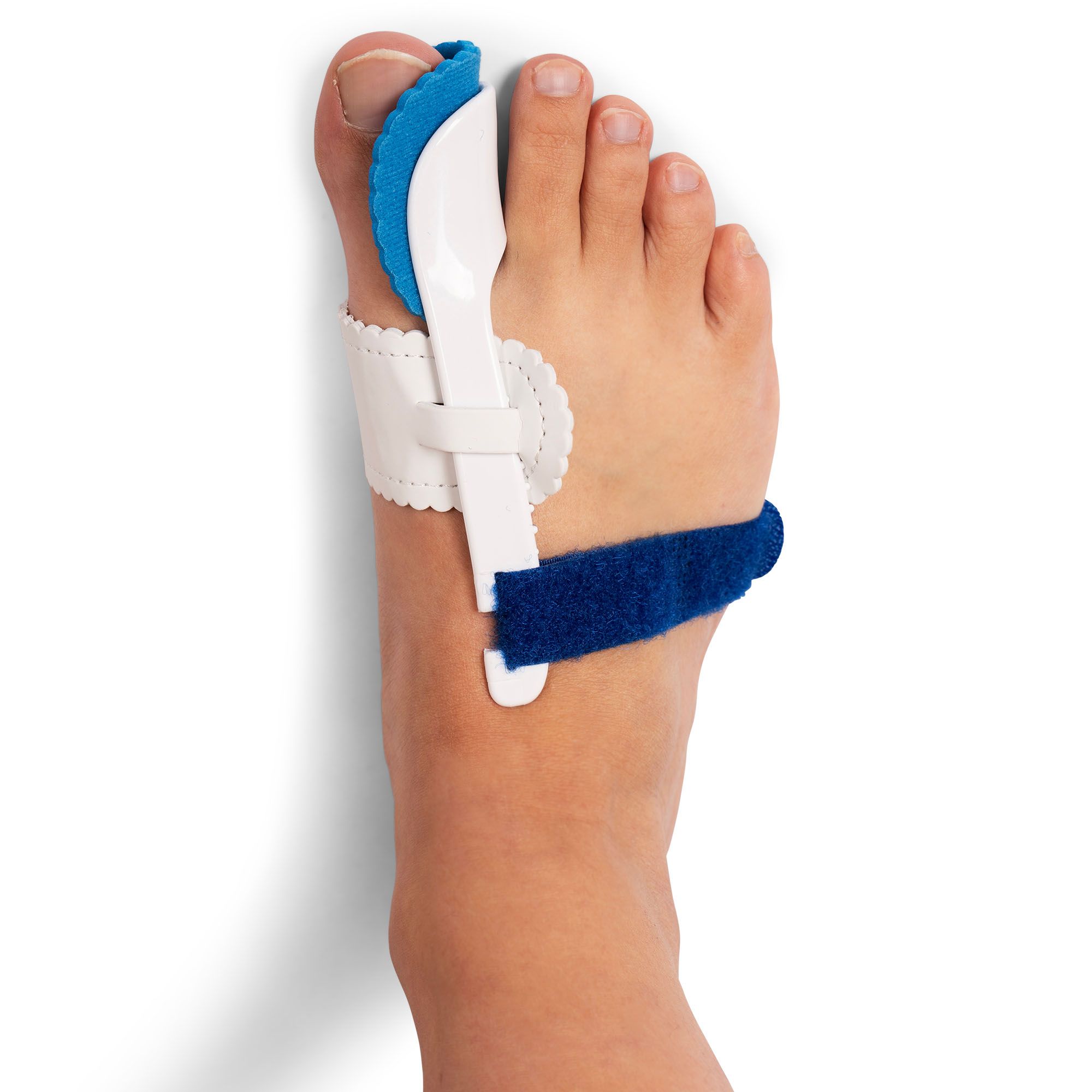
Hallux Valgus Splint - Nightsplint (per piece)

Valgomed Original Hallux Valgus Toe Spreader + Protector (per pair)
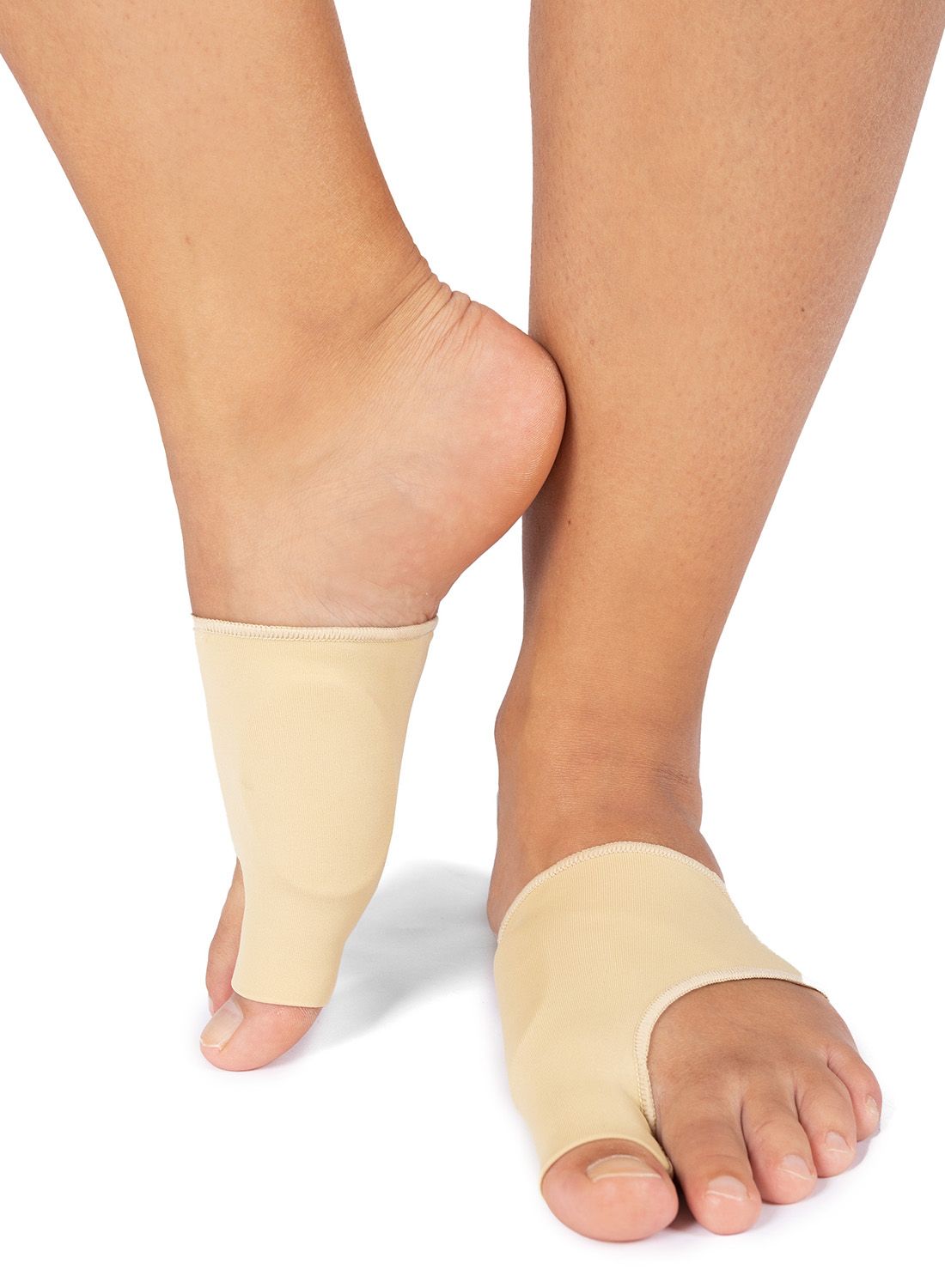
Hallux Valgus Protector Gel Bunion Sock (per pair)
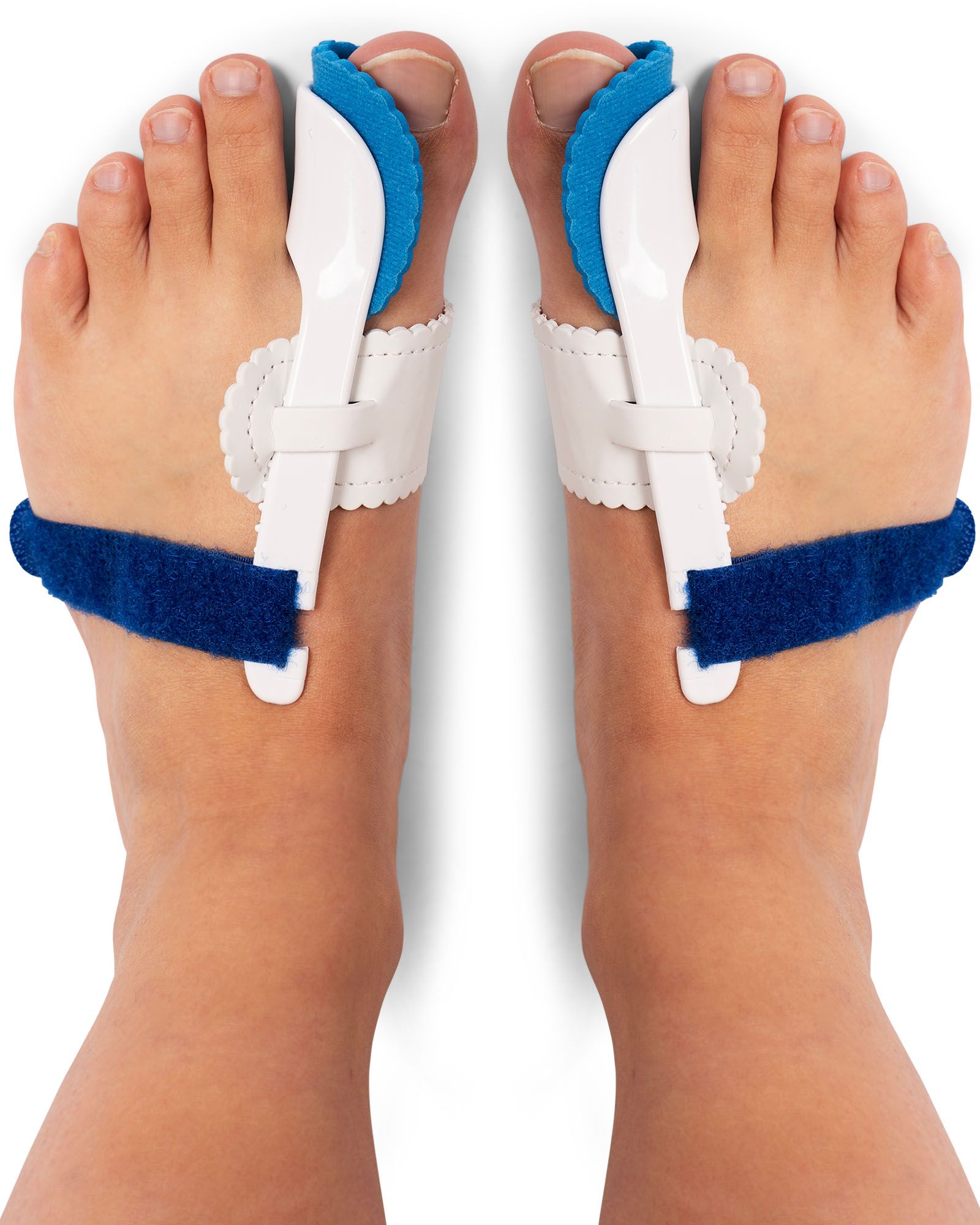
Hallux Valgus Splints - Night Splint (per pair) + Free Practice Sling!

Bauerfeind Valguloc 2 - Toe Straightener
Protection level 2
Solelution Toe Separators (per pair)

TIP! Hallux Valgus Advantage Package - 3 Bestsellers (per pair) + Free Practice Sling
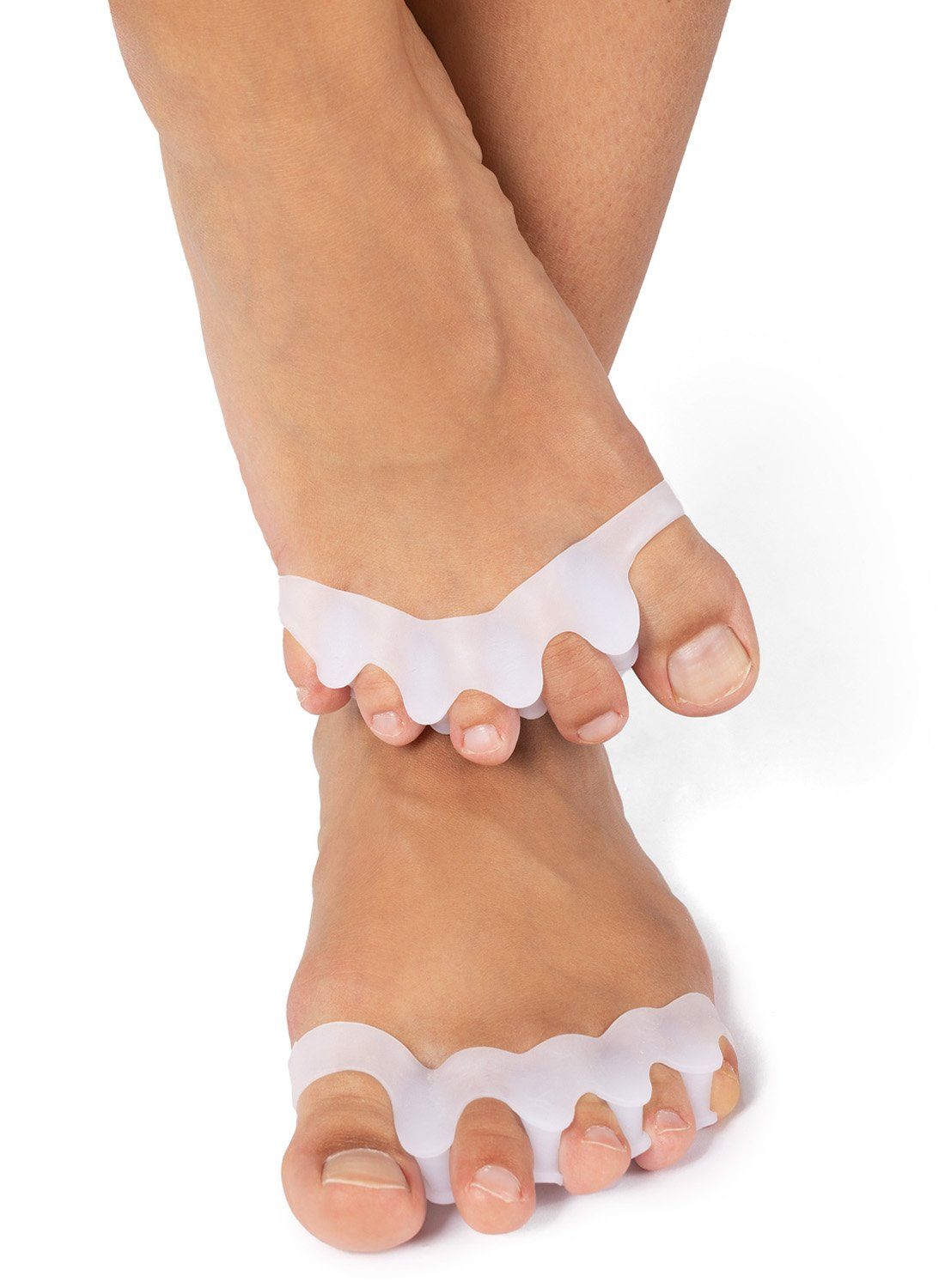
Solelution Toe Separator for All Toes (per pair)

Morsa HalluCY - Hallux Valgus Big Toe Splint - (no hard splint) (per piece)

Solelution Arch - Insoles Hallux Valgus / Rigidus (per pair)
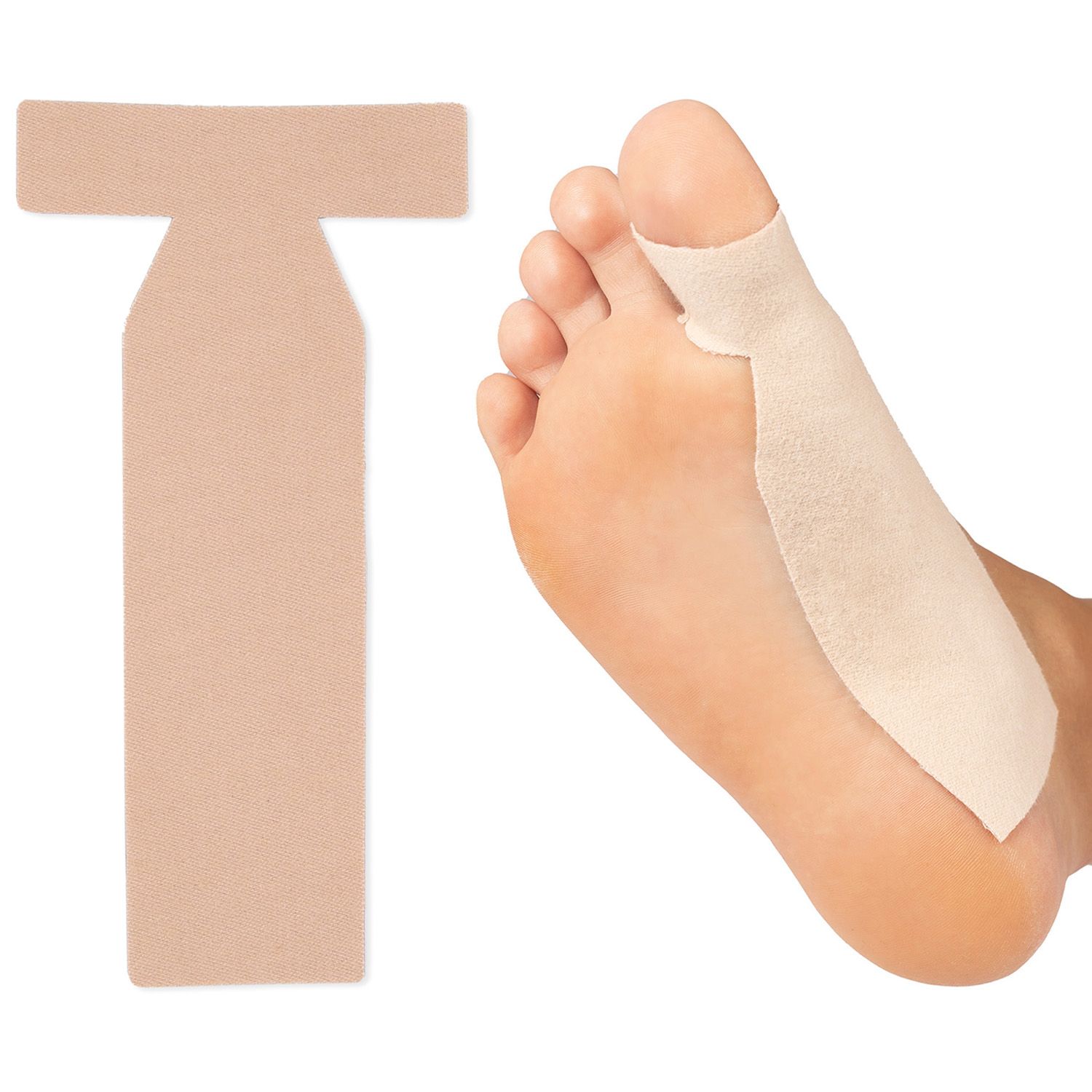
Solelution Hallux Valgus T-shape Tape (5 pcs)

Solelution Toe Separator with Ring Hallux Valgus (per pair)
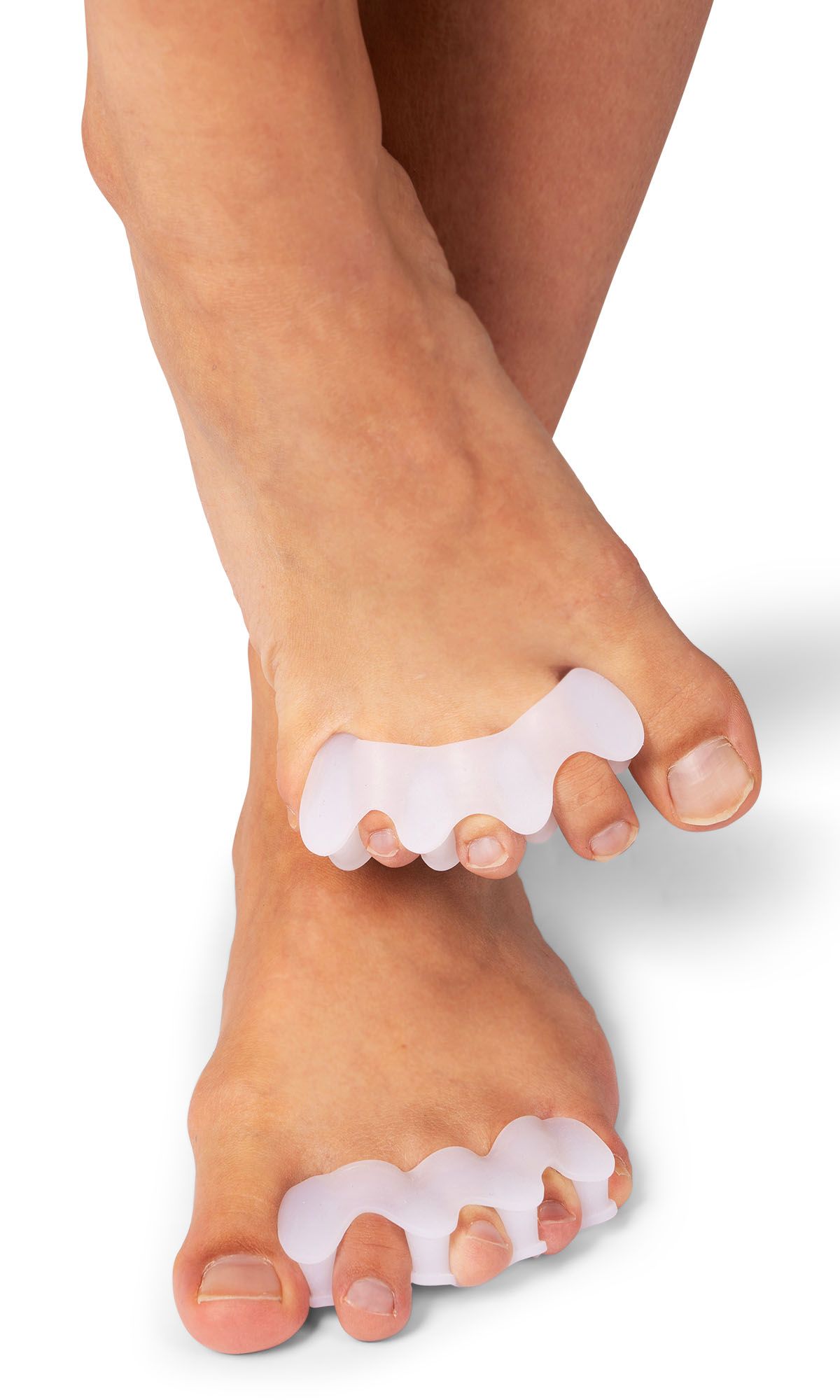
Solelution - Toe Spreader for All Toes (per pair)

- Physiotherapist
- Sports podiatrist
- Manual therapist
- Podopostural therapist
- Myofascial dry needling specialist


